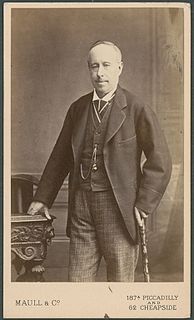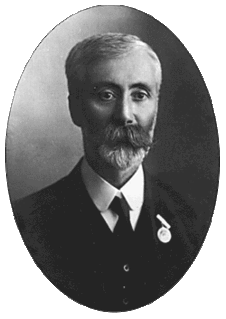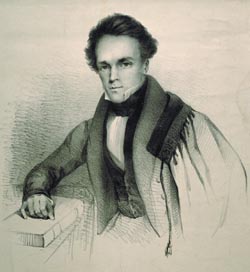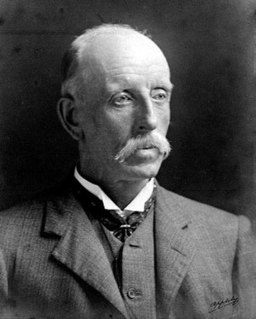Adolph Carl von de Heyde Süssmilch (12 February 1875 – 6 December 1946), also known as Adolph Carl Süssmilch, was an Australian geologist and educationist.

Australia, officially the Commonwealth of Australia, is a sovereign country comprising the mainland of the Australian continent, the island of Tasmania and numerous smaller islands. It is the largest country in Oceania and the world's sixth-largest country by total area. The neighbouring countries are Papua New Guinea, Indonesia and East Timor to the north; the Solomon Islands and Vanuatu to the north-east; and New Zealand to the south-east. The population of 25 million is highly urbanised and heavily concentrated on the eastern seaboard. Australia's capital is Canberra, and its largest city is Sydney. The country's other major metropolitan areas are Melbourne, Brisbane, Perth and Adelaide.

A geologist is a scientist who studies the solid, liquid, and gaseous matter that constitutes the Earth and other terrestrial planets, as well as the processes that shape them. Geologists usually study geology, although backgrounds in physics, chemistry, biology, and other sciences are also useful. Field work is an important component of geology, although many subdisciplines incorporate laboratory work.
Süssmilch was born in Sydney, New South Wales, to German immigrants. He worked as an indent clerk and studied science part-time at Sydney Technical College, where he later taught geology and mining.
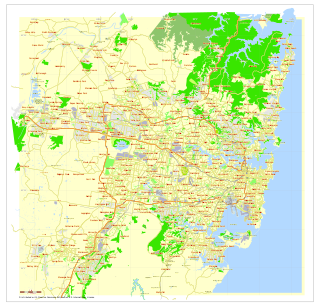
Sydney is the state capital of New South Wales and the most populous city in Australia and Oceania. Located on Australia's east coast, the metropolis surrounds Port Jackson and extends about 70 km (43.5 mi) on its periphery towards the Blue Mountains to the west, Hawkesbury to the north, the Royal National Park to the south and Macarthur to the south-west. Sydney is made up of 658 suburbs, 40 local government areas and 15 contiguous regions. Residents of the city are known as "Sydneysiders". As of June 2017, Sydney's estimated metropolitan population was 5,131,326, and is home to approximately 65% of the state's population.

New South Wales is a state on the east coast of Australia. It borders Queensland to the north, Victoria to the south, and South Australia to the west. Its coast borders the Tasman Sea to the east. The Australian Capital Territory is an enclave within the state. New South Wales' state capital is Sydney, which is also Australia's most populous city. In March 2018, the population of New South Wales was over 7.9 million, making it Australia's most populous state. Just under two-thirds of the state's population, 5.1 million, live in the Greater Sydney area. Inhabitants of New South Wales are referred to as New South Welshmen.

The Sydney Technical College, now known as the TAFE New South Wales Sydney Institute, is a technical school established in 1878, that superseded the Sydney Mechanics' School of Arts. The college is one of Australia's oldest technical education institutions.
His first scientific paper (on basic plutonic rocks near Kiama) was published in the Royal Society of New South Wales journal in 1905. In 1911 he published what was to become a widely used textbook: An Introduction to the Geology of New South Wales. The next three decades he produced a total of nineteen published papers on various aspects of geology and the physical geography of New South Wales. In his later papers he turned to geomorphology and palaeozoic stratigraphy.
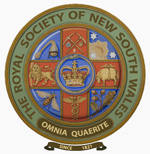
The Royal Society of New South Wales is a learned society based in Sydney, Australia. It is the oldest such society in Australia and in the Southern Hemisphere. The Governor of New South Wales is the vice-regal patron of the Society.
He was awarded the Clarke Medal by the Royal Society of New South Wales (of which he was president in 1922) in 1939. Two years later, he became its 1941 Clarke memorial lecturer.

The Clarke Medal is awarded by the Royal Society of New South Wales, the oldest learned society in Australia and in the Southern Hemisphere, for distinguished work in the Natural sciences.
